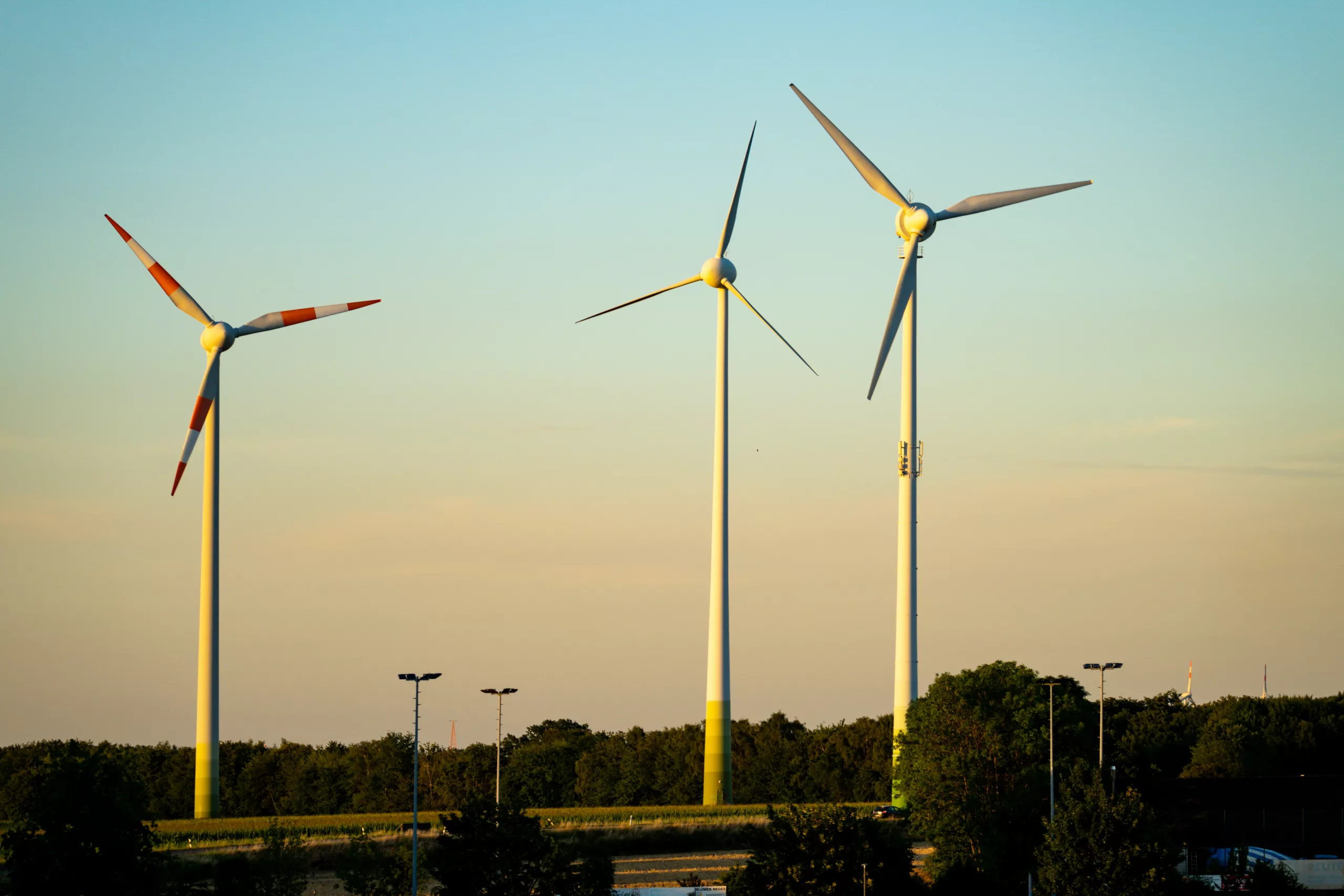The year 2023 was a milestone for global wind energy growth, with a record-breaking 116 GW of new capacity installed—12.5% more than in 2022. According to the WWEA Annual Report 2023, total wind power capacity worldwide has now reached 1,047 GW. China played a dominant role in this expansion, contributing over two-thirds of the newly installed capacity.
China leads global wind energy expansion
The Asian giant alone added approximately 75 GW of wind power in 2023, making up two-thirds of the global increase. Among the fastest-growing markets, Brazil saw a 20.8% increase, followed by China at 19%. Other dynamic markets also surpassed the global average, with the Netherlands (+34%), Finland (+22%), Vietnam (+24%), and Chile (+26%) leading the way. In contrast, former industry leaders such as the US, Germany, India, Spain, and the UK recorded growth rates below 10%.
Wind energy could supply 50% of global electricity
Currently, wind energy meets about 10% of the world’s electricity demand, with some nations exceeding 20%. Denmark leads with 56% of its electricity generated from wind, while Germany, the Netherlands, Portugal, the UK, and Uruguay each source at least one-third of their power from wind. Projections suggest that wind energy could eventually contribute 40-50% of global electricity, especially as electrification increases in transport and heating.
Scaling up wind energy capacity by 2050
WWEA President Irfan Mirza highlights the long-term vision: “Looking ahead, the report presents an optimistic outlook, driven by new policies and the urgent need to tackle climate change and the fossil fuel crisis. We expect to triple wind energy capacity by 2030 and increase it tenfold by mid-century. Green hydrogen developments further strengthen wind energy’s role. The World Wind Energy Association is committed to overcoming challenges and ensuring wind remains central to the global renewable energy transition. The success of 2023 inspires us for the challenges and opportunities ahead.”
2028 Milestone: Evaluating Progress
The directive will soon be ratified and published in the Official Journal of the European Union. Member states will have two years to implement the directive into national law. The Commission will evaluate its effectiveness by 2028, considering experiences gained and progress made during its implementation.

